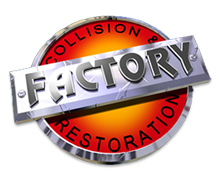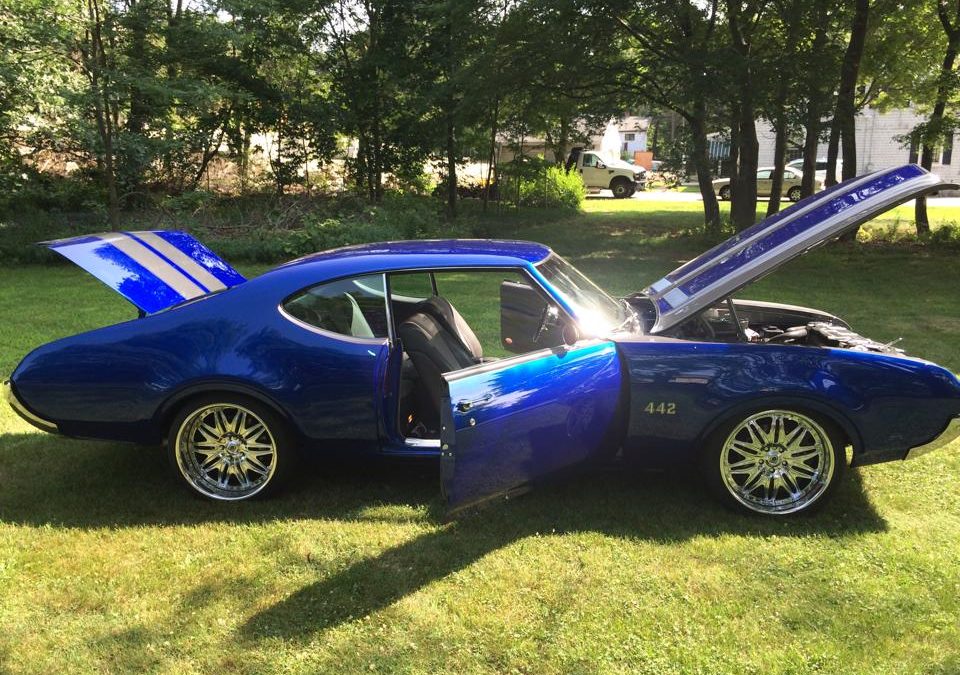
There are four main levels to which you can restore your classic car, each fitting a different budget and purpose. Will your car be for show only, or will you drive it?
Don’t assume you can use old tools and technology.
If you plan to drive your classic car, it needs to meet today’s legal standards, which may require you to use modified parts, modern technology, and pay a visit to a professional if only to have your car examined for safety.
Do use existing parts when you can.
You shouldn’t have to replace every part of your classic car! Some damaged parts can be cleaned and repaired. Authentic reproduction parts may be costly or unavailable, so consider refurbishments and repairs to save money and time.
Don’t overlook the details
Details can make all the difference! Whether you want to upgrade technology but keep the old look or you’re going for 100% old-school, don’t ignore the small things.
Do consider OEM vs aftermarket replacement parts.
Just like with today’s vehicles, classic cars can be repaired and restored with parts from the original manufacturer or those made by other manufacturers. There are pros and cons to both, from the pricetag to the technology they include and their safety features and customization options.
Don’t go at it alone.
Whether your car is a family project or you’re looking to get it done ASAP so you can go for a ride, don’t think you have to restore your classic car all on your own. Tools, time, and learning to perform safe repairs are all an investment so don’t be afraid to get help from a professional.
Do stay on top of maintenance.
Every car, new or old, needs proper maintenance to stay in tip-top condition. Look online or ask your local repair shop how often you need to do things like change the oil, rotate the tires, and check for major repairs on your classic car after it has been restored.


Recent Comments